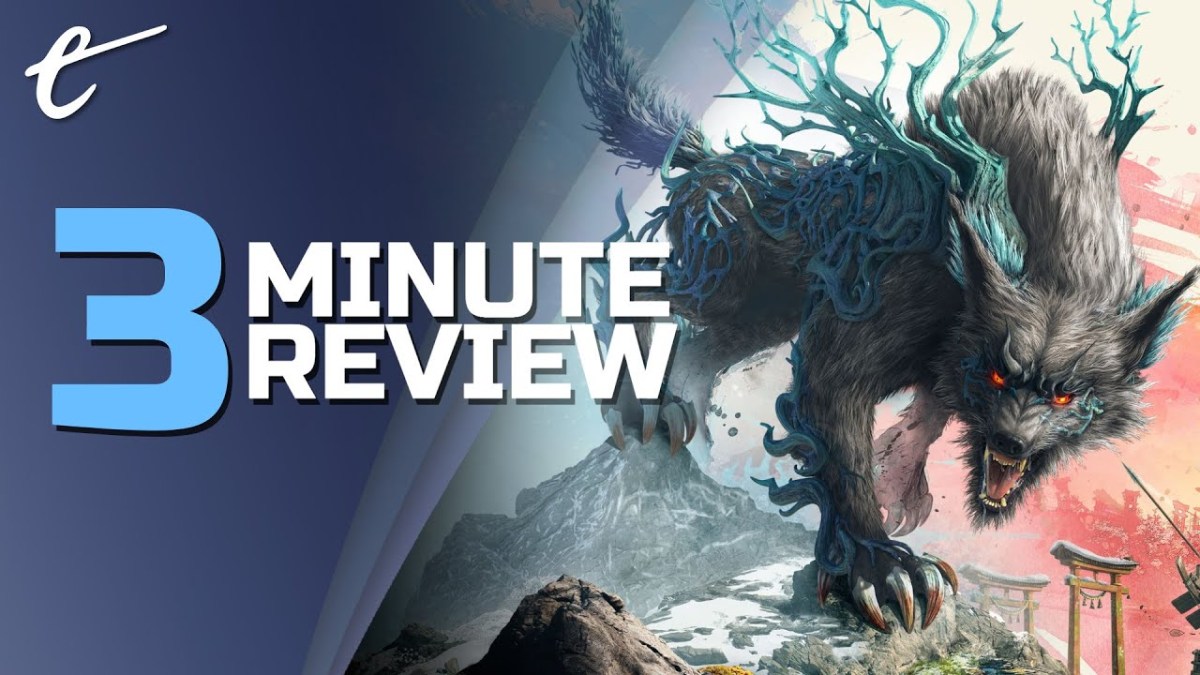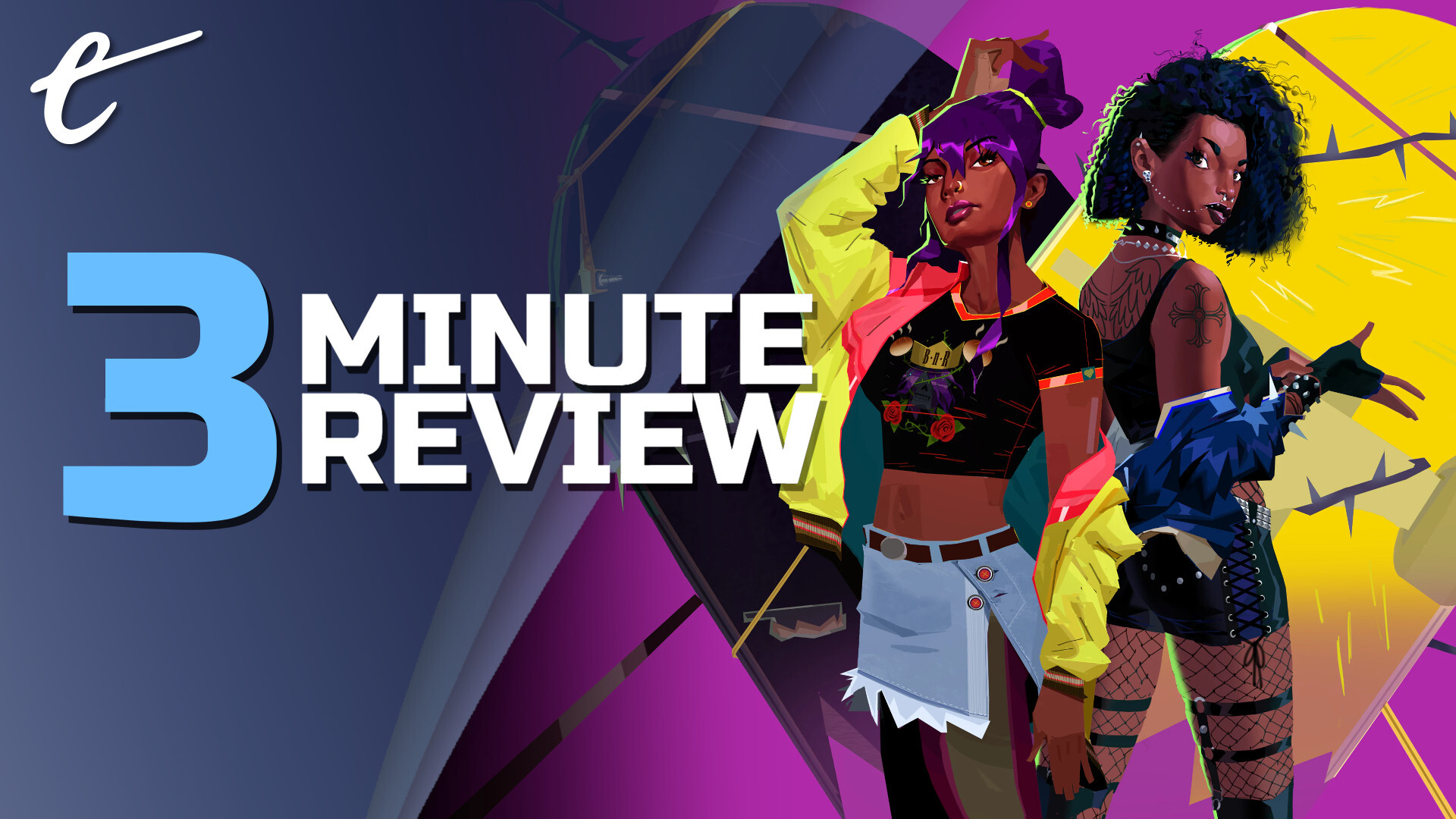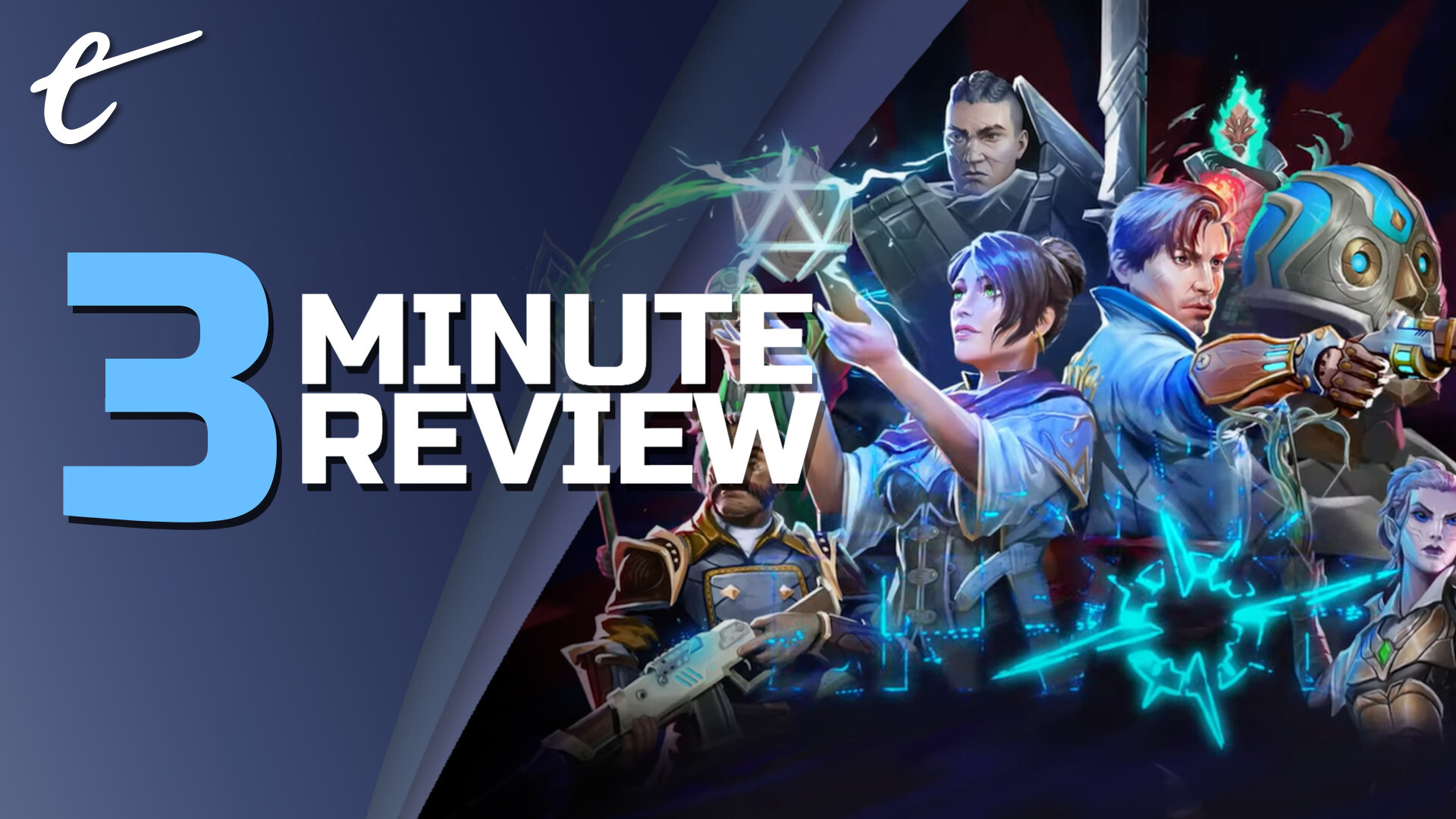Wild Hearts is an action RPG by Omega Force, the studio best known for its work on the Dynasty Warriors franchise. It’s the studio’s new take on the Monster Hunter formula, and at first glance it’s strikingly similar.
You create your silent protagonist in the detailed character creator and arrive on the outskirts of the remote village of Minato, the historical home of legendary hunters, and quickly become acquainted with its denizens who identify and call on your ability to hunt Kemono, dangerous beasts that can alter the environment around them to their elemental preferences. Due to mysterious circumstances following a near-death experience, your heart is bonded with a mystical relic called a celestial seed and you gain the ability to conjure contraptions out of celestial energy called Karakuri.
The plot in Wild Hearts unfolds gradually but is ultimately similar in setup to many Monster Hunter titles, in that you’re the only hope of saving this village from the threat of being overrun by increasingly hostile and erratic Kemono. Characters have memorable designs and admirable voice performances, but the dialogue overall feels very disjointed with no real sense that anyone is actually talking to each other or your character. Missions put you on the hunt for specific Kemono to help townspeople gather materials or escape danger, all the while different characters will open up to you about their pasts, but I wasn’t drawn to any of them.
I sadly also found many of the Kemono themselves to be lacking in personality and underwhelming in design. There are definite highlights like the Lavaback, a fire-infused ape that uses attacks clearly inspired by Monkey D. Luffy of One Piece, or Amaterasu, a phoenix with autumnal feathers and frightening speed. But many more Kemono are just a giant recognizable animal like a rat or squirrel crossed with an element like earth or water. Despite their looks, however, they are routinely fantastic to fight.
The Kemono have a diverse array of attacks that fit both the animal and element represented, like a crystalline porcupine firing off golden quills or a boar covered in roots burying you in the ground under its hefty body. Luckily, you’re nimble in the field and can sprint and jump without using stamina, but rolling and sliding that provide i-frames will. You’ll need to learn the nuances of the eight different weapons at your disposal as well as creatively use a wide variety of Karakuri contraptions to take them down.
Each of the eight weapon classes is fun, and you can choose from and switch between the katana, kodachi, bow, bladed umbrella, hammer, karakuri staff, claw blade, and cannon. They each feel quite different and have the potential to deal massive amounts of damage once you understand their specific combos and special attributes, but using weapons in conjunction with Karakuri devices is the only way to truly master combat.
Karakuri work almost like building blocks; with a set of basic types mapped to your quick access list, you can build towers, springboards, or walls in an instant. Combining the different types in certain combinations will create Fusion Karakuri that provide incredible utility like healing mists, massive hammers, or harpoons to lock Kemono in place. But many Karakuri also expand on your attack capabilities by enabling special moves with their use. Jumping from a tower will give you dive attacks, and building a torch will engulf your weapons in flame.
The number of devices and skills you get access to grows over time, and learning how best to make use of all your options becomes enticing. However, the chase for stronger equipment outside of the Karakuri takes a bit of a backseat as armor and weapon options are limited, at least before the postgame. Many also suffer from the same underwhelming designs as the monsters they’re created from, further decreasing player investment outside of the need to raise stats.
Visually, Wild Hearts impresses. Its character models for NPCs look like recreations of real people. Its biome maps are absolutely gorgeous, incredibly detailed and surprisingly expansive. But you’ll continue to see the same handful of Kemono or their elemental variants fairly often as the game only has about 20 unique monsters to hunt at the moment, though more are planned to release in free updates down the road.
Speaking of updates, a patch was released to address some frame rate issues for both the PC and console versions of the game. I only ever experienced some slight slowdown on the Xbox Series X, but post-patch there are still occasional instances where highly kinetic gameplay will cause frame drops.
Despite these issues, I very much enjoy Wild Hearts’ take on the monster-hunting genre. Like its own Kemono, the game’s more so a variant of a thing you already know rather than a full-on new one. But as a fresh entry, it may snag many players who have struggled to penetrate the much denser experience Capcom offers, and I’m eager to see what comes next from this series. Wild Hearts is out now for $69.99 on PC, PlayStation 5, and Xbox Series X | S.
Watch the Review in 3 Minutes+ for Wild Hearts.






Published: Feb 23, 2023 07:40 pm